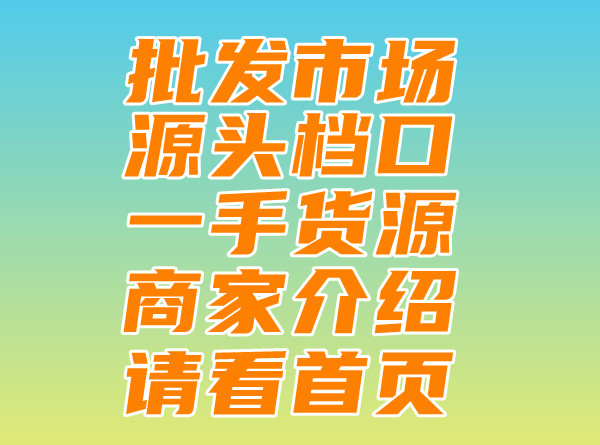Luxury 1:1 Replicas - The Ultimate Destination for Quality Goods.
Luxury 1:1 Replicas - The Ultimate Destination for Quality Goods.,
Luxury Goods and the Concept of One-to-One Replication
In the realm of luxury goods, the concept of one-to-one replication holds a significant place. It refers to the practice of creating exact replicas of high-end products, often with an aim to provide a more affordable alternative for those who admire luxury but cannot afford the genuine article. This phenomenon has become increasingly prevalent in various fields, from fashion to jewelry, automobiles to fine art.
The allure of luxury lies in its uniqueness, craftsmanship, and limited availability. Luxury brands often represent status symbols, cultural heritage, and quality that is hard to replicate. However, the desire for exclusive items among a wider consumer base has led to the emergence of one-to-one replicas. These replicas aim to replicate not only the physical attributes of the original product but also its aesthetic value and sometimes even the quality, albeit in a more affordable package.
In the fashion industry, for instance, high-end designers' clothing lines are often followed by replica versions that aim to replicate the original design, cut, and material as closely as possible. Similarly, in the automotive industry, replica car manufacturers strive to create vehicles that mirror the look and feel of luxury cars while being more affordable.
However, the question of authenticity and moral implications surrounding one-to-one replication remains a subject of debate. On one hand, some consumers view replicas as an affordable way to enjoy the aesthetics and style of luxury goods without breaking the bank. On the other hand, others argue that buying replicas undermines the value of genuine luxury brands and encourages disrespect towards intellectual property rights.
Moreover, it's important to note that not all replicas are created equal. While some aim for a one-to-one replication, there are others that compromise on quality or use inferior materials to cut costs. This creates a challenge for consumers who might not be able to discern the difference between a genuine luxury product and a low-quality replica.
The Fine Line between Replication and Infringement
The concept of one-to-one replication in luxury goods has to be balanced with respect to intellectual property rights and maintaining the integrity of luxury brands. While there is a market for affordable alternatives, the line between replication as a form of homage and infringement as a violation of legal rights needs to be clearly defined.
Moreover, consumers should be encouraged to understand the difference between genuine luxury goods and replicas. Education on the subject matter, transparency in labeling, and awareness about intellectual property rights can help create a balanced market where both luxury brands and consumers can coexist harmoniously.
In conclusion, one-to-one replication in luxury goods remains a complex issue that touches on aspects of consumer choice, affordability, authenticity, and intellectual property rights. It's a fine balance between meeting consumer demand and respecting the boundaries of creativity and legal rights.

- "Instant Heavenly Artifact Replica Pack"
- Recreate the Traditional Baodao Dumpling Recipe: A Step-by-Step Guide
- Title: "TB Mini Bucket Bag Retro Collection"
- Top Quality Burberry Bag Replicas: The Ultimate Guide to Fashion Reproduction.
- "Super Player Emojicom Clone: A Tale of Retro Collection"
- "Zhuo Yuan Emoji Replicas: The Trending Collection"
- "Recreate the Ultimate Moon Land Emojis"
- "Pro-level Game Item Unboxing and Recreation by 'Hanguai' Pro"


